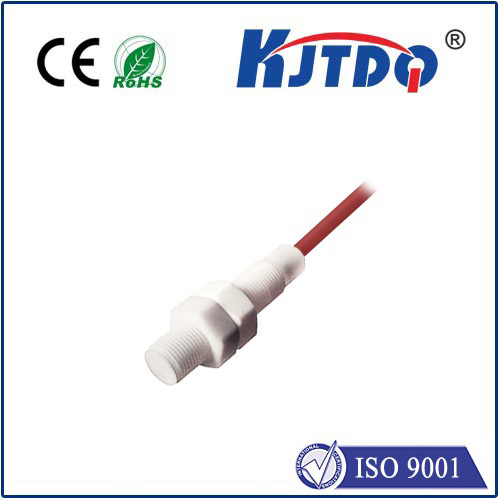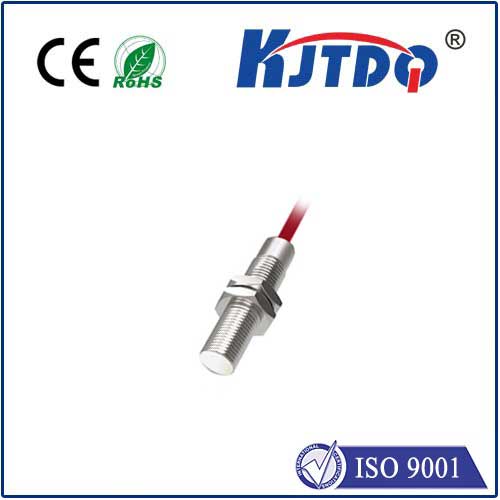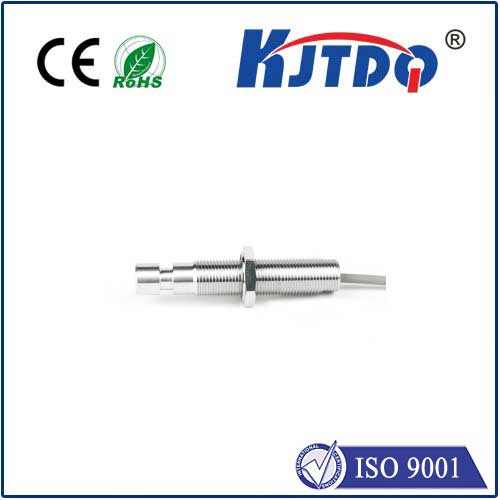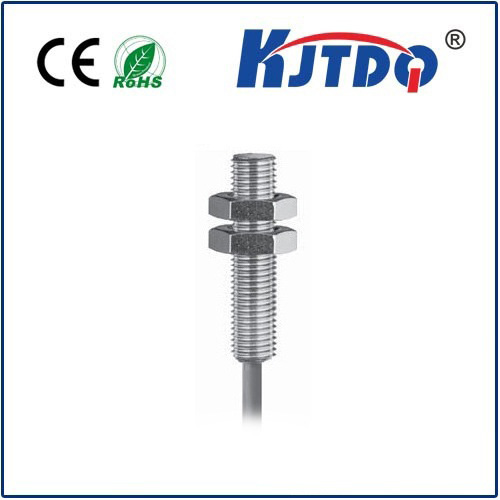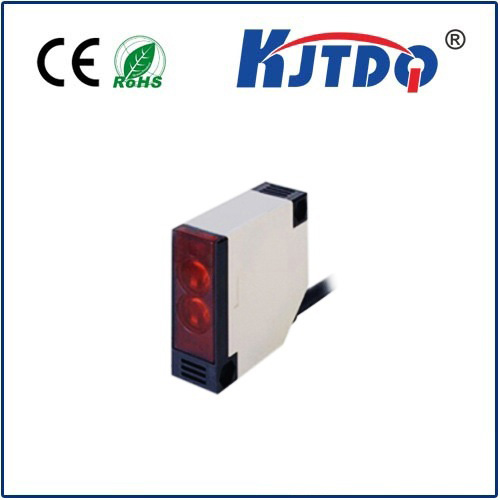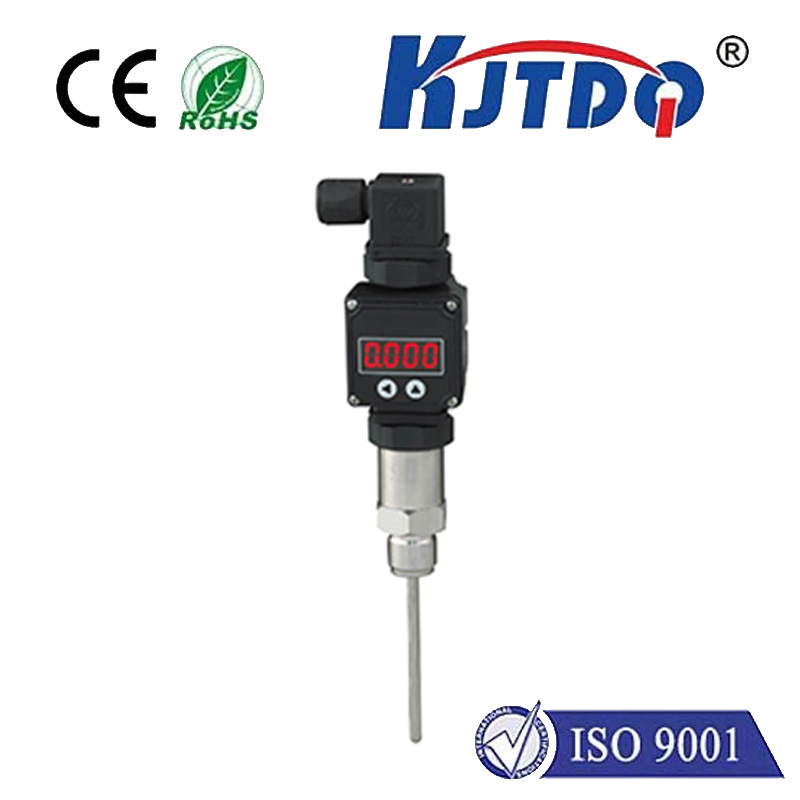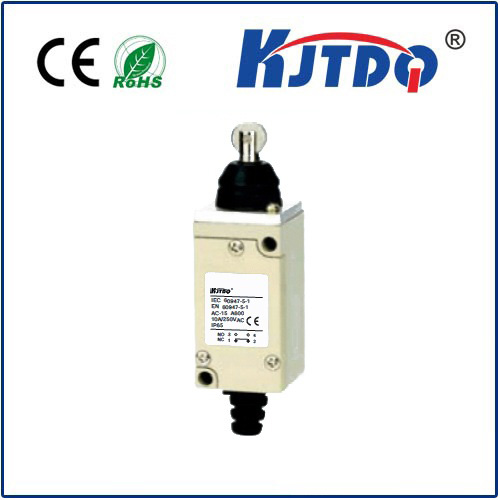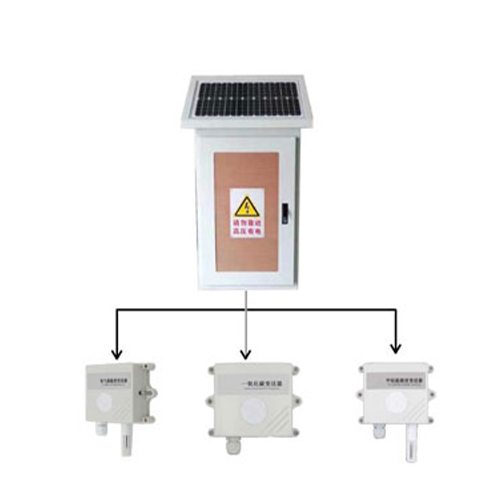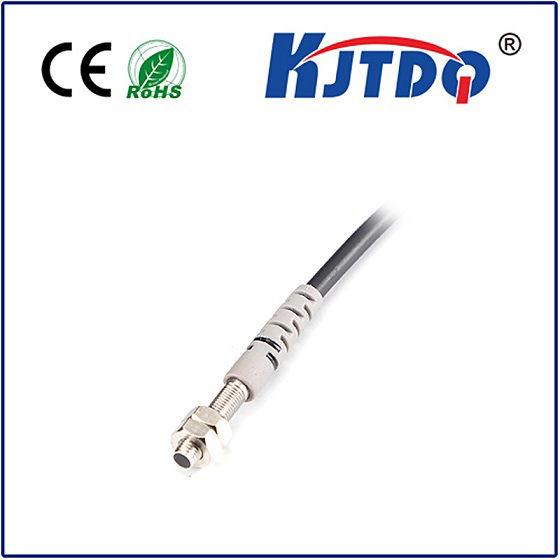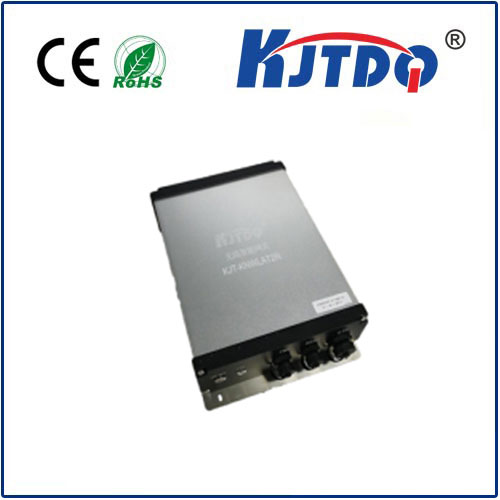

check

check

check

check
3D Radar Sensor: Revolutionizing the Future of Sensing Technology
In today’s rapidly evolving technological landscape, the development of advanced sensing technologies is driving innovation across industries. One of the most promising advancements in this field is the 3D radar sensor, a cutting-edge device that is transforming how we perceive and interact with the world around us. Unlike traditional radar systems, 3D radar sensors provide a more comprehensive and accurate picture of their environment, making them invaluable in a wide range of applications from autonomous vehicles to aerospace and defense.
The core principle of 3D radar sensors lies in their ability to capture three-dimensional data using electromagnetic waves. By emitting pulses of radio frequency energy and measuring the time it takes for them to return to the sensor, these devices can create detailed 3D maps of their surroundings. This capability is especially beneficial in environments where visibility is limited, such as dense urban areas, foggy conditions, or during nighttime operations. The 3D radar sensor’s ability to provide spatial information with high precision and accuracy makes it a powerful tool for various applications.

One of the most significant advantages of 3D radar sensors is their versatility. They can be used in a variety of settings, including industrial automation, medical imaging, and even in consumer electronics. For instance, in industrial applications, 3D radar sensors are employed to monitor machinery, detect obstacles, and enhance safety in manufacturing environments. In medical imaging, they enable precise imaging of internal structures, providing doctors with detailed insights into patient conditions. In consumer electronics, 3D radar sensors are being integrated into smart devices to improve user experience and enhance functionality.
The integration of 3D radar sensors into modern systems also opens up new possibilities for autonomous technologies. Autonomous vehicles, for example, rely heavily on 3D radar sensors to detect and respond to their surroundings in real-time. These sensors help vehicles navigate complex environments, avoid obstacles, and maintain safe distances from other vehicles. As autonomous driving becomes more prevalent, the role of 3D radar sensors in ensuring safety and efficiency is becoming increasingly crucial.
Moreover, the advancements in 3D radar sensor technology are being driven by innovations in signal processing and data interpretation. Modern 3D radar sensors are equipped with advanced algorithms that allow for real-time data analysis, enabling faster decision-making and improved performance. The continuous improvement in sensor resolution and processing power is pushing the boundaries of what is possible in terms of environmental sensing and object detection.
As the demand for more accurate and reliable sensing technologies grows, the 3D radar sensor stands out as a key player in the future of sensing. Its ability to provide detailed 3D information, combined with its versatility and adaptability, makes it a valuable asset in a wide range of industries. Whether it is used in autonomous vehicles, industrial automation, or medical imaging, 3D radar sensors are redefining how we interact with our environment and enhancing the capabilities of modern technology.
In summary, 3D radar sensors are not just a technological advancement—they are a transformative force in the field of sensing. As industries continue to evolve and demand more sophisticated solutions, the role of 3D radar sensors will only become more essential. Their impact is far-reaching, and their potential to improve safety, efficiency, and precision is undeniable.
